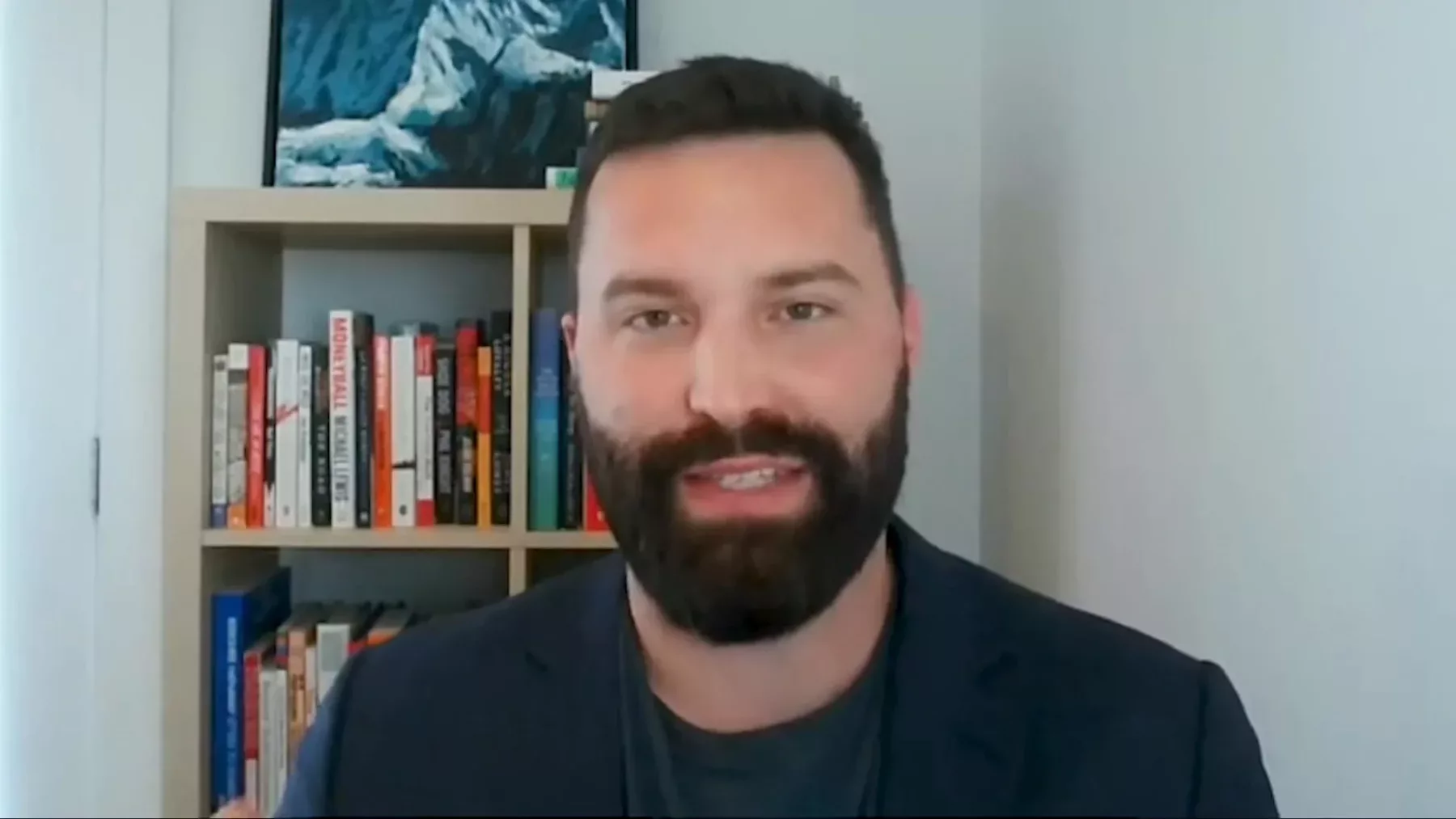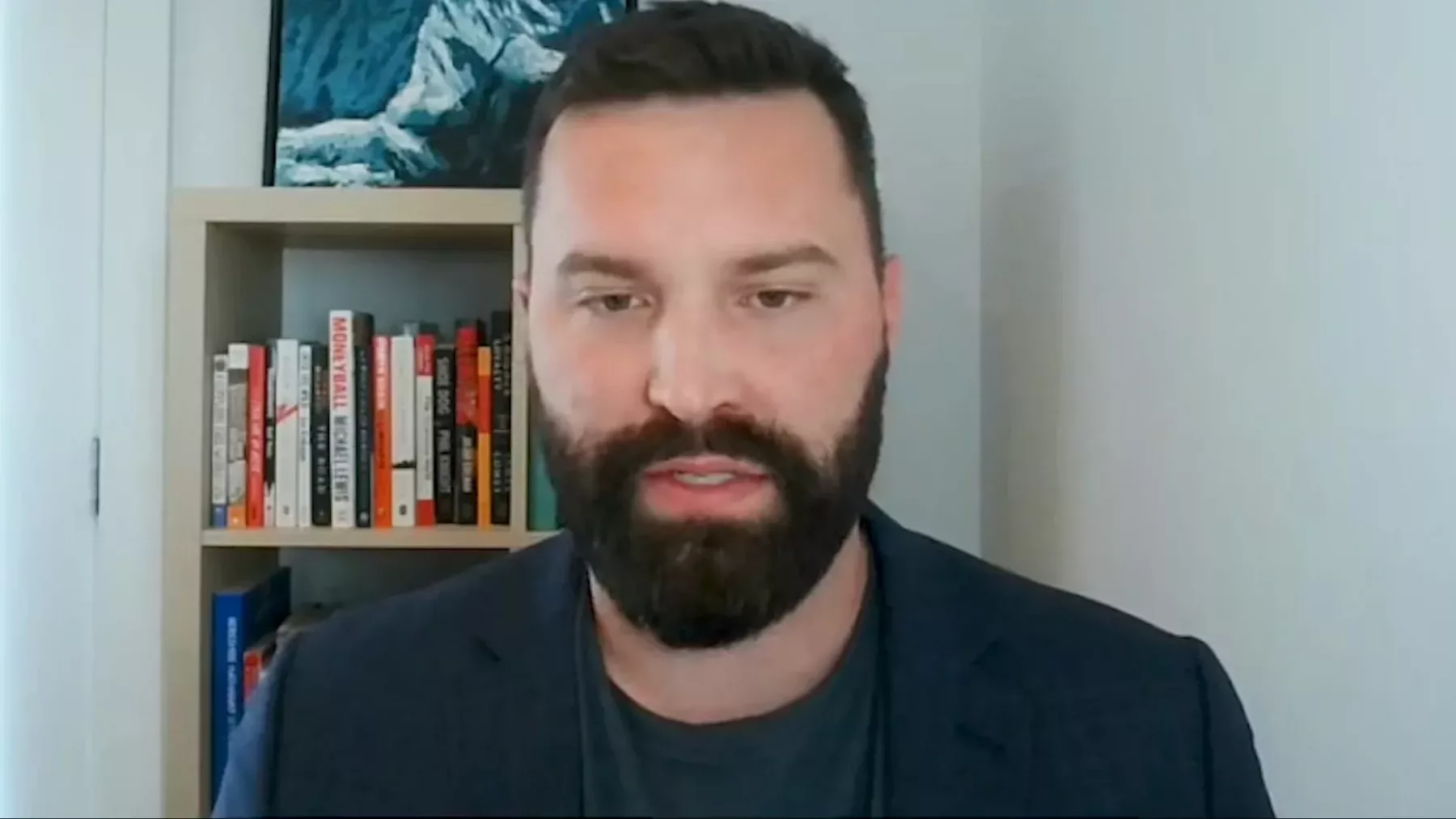Looming crisis: Managing Medicaid redetermination as the PHE ends
How to help your Medicaid beneficiaries re-enroll and retain coverage
Over the past three years we’ve been under a public health emergency (PHE) caused by Covid-19, which required states to provide continuous coverage to Medicaid members. Now, beneficiaries have to resubmit their income statements and other information to keep their coverage, putting 15 million people, including 6 million children, at risk of losing healthcare benefits.
“The past few years due to the public health emergency, folks did not need to re-enroll, so now we're fearing that there's going to be quite a bit of chaos when this unwinding starts,” said Jessi Cardello, Director of Account Operations at Arcadia. “This redetermination means that folks are going to need to reapply, but a lot of folks are uncertain if they're impacted or not.”
Cardello joined Arcadia Director of Enterprise Partnerships Josh Cabana and Senior Manager Nina Zelcer to discuss the coming "redetermination crisis" and what ACOs, CINs, health systems and hospitals, and payer organizations can do to help their members and patients navigate the complex paperwork required to retain coverage in the webinar, Unwinding the PHE.
Narrowing the coverage gap with early outreach strategies
Healthcare organizations fear there will be a gap in coverage either because patients are either unaware that they'll be impacted and show up for their visit without the coverage they need or assume their coverage changed and they stop seeing their physician and picking up pharmaceuticals.
“I like to think about the things that are at risk ... it's good preventive care, it's chronic disease management, it's access to emergency services,” explained Cabana.
Cabana says two main things can help health systems limit the risk to population health: being proactive in their outreach and breaking the problem down into manageable pieces and applying technology to help handle those pieces.
Zelcer agrees, “Part of that would be arming office staff and providers with frequently asked questions, documentation, or questions to get this information out to your providers as best as possible.”
She says to start the process now and points out that it’s ok to let providers know that the information will be continuously updated as more is learned.
“That way, at least you can start the preparations and know what to look for, for new dates or new timelines, and how to disseminate that information as it comes up and becomes readily applicable to our beneficiaries,” she added.
Proactive outreach relieves anxiety for beneficiaries and helps with operational efficiency.
“We all work in healthcare and have questions about how this is going to work, it's going to be even more magnified for folks who don't live and breathe this every day, so getting out ahead of it can help with some of the anxiety on the beneficiary side and prime them for good engagement with this system,” said Cabana.
Thinking about this process as a long term and ongoing operational activity will also help health systems. Make sure that the right people, the right process, the right technology are in place so that this becomes a baked-in activity.
“Maybe three months out from renewal for an individual, they get contacted to first let them know that they need to re enroll ... then you can make them aware of the process and the support that's available to them from the system to get them across the finish line,” said Cabana. “And technology can help.”
Cabana says building data registries that identify patients’ renewal dates, contact preferences, and languages spoken will make the outreach as easy and effective for the beneficiary and your staff.
Text messaging offers broad reach, especially among disproportionately affected populations
There are nearly 100 million Medicaid recipients. Beneficiaries that are food insecure, home insecure, or have a variety of social economic issues impacting them need extra consideration when it comes to redetermination. Text messaging has become a popular way to reach patients, deliver messaging, and direct them to more resources online.
“Text messages have a broad reach,” said Cardello. “Mailers are great, but when we're thinking about the population, and how transient it can be, mailers aren't really the most effective—text messaging is probably the cheapest, quickest blanket approach when we're talking about the vast size of this program.”
Cabana agrees, “In the last 20 years or so I've probably had half a dozen different addresses if I think back and can remember them, but my cell phone number has been consistent over that entire period of time, so echoing that as being a great channel, at least for our initial outreach, to build broad awareness.”
This outreach is also an opportunity to build and strengthen relationships with the patient outside of the redetermination process.
“If you're reaching out to make them aware of the redetermination process, also think about the opportunity to engage them in care management, or schedule that next preventive visit that they're due for so that we're not only addressing the continuity of coverage, but also the continuity of care,” added Cabana. “This is a great touchpoint for folks that may not have frequent touchpoints with the system to build that trust and relationship between the delivery and provider groups and patients.”
Zelcer furthers this point, “The texting templates that we've been floating across our customers for outreach messaging has been a combined kind of texting template that is like redetermination is a thing, but also it's important so that we can continue your care, such as having an annual wellness visit and cancer screenings to make sure that it isn't just business because you need to re-enroll for your eligibility, but we care about your
care as well.”
Moving from broad awareness to targeted communications
Text messaging is a powerful tool for the first broad awareness campaign, but it shouldn’t be the only form of outreach. Ultimately, multichannel communications will be required. Cabana says to use call center staff to reach out to beneficiaries as well as engage with community organizations that have touch points with these individuals.
To segment the population for outreach, Zelcer recommends starting with eligibility data and adding in layers of data.
“Hopefully we're getting that data for patients who are when their redetermine dates would be coming up, then we can start focusing on patients who maybe are more at risk due to their variety of chronic conditions.”
A final strategy for targeting would involve reviewing the patient’s last interaction.
“Look at the last appointment that someone's had ... have they been in an office recently where they might have gotten a message from a provider about redetermination?” said Cabana. “Or does it look like they haven't been in for any interactions with the systems in the last two years ... people that aren't engaged with the system generally probably don't have the same level of awareness and engagement with the redetermination process.”
There’s more to know about unwinding the public health emergency
We’re only at the beginning of this effort and it is a heavy lift that will burden the healthcare system that has already been through so much. Start to inform yourself at your state website so that you can build a multi-channel communication plan and meet your patients where they are.
To learn more about ways you can work with Arcadia throughout the redetermination process, schedule a time to discuss your organization’s unique challenges.



